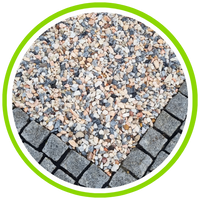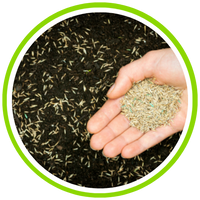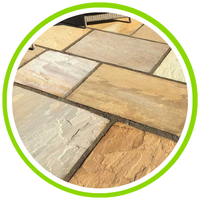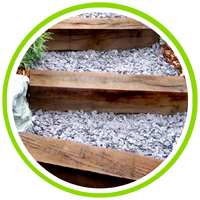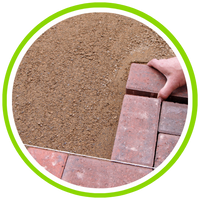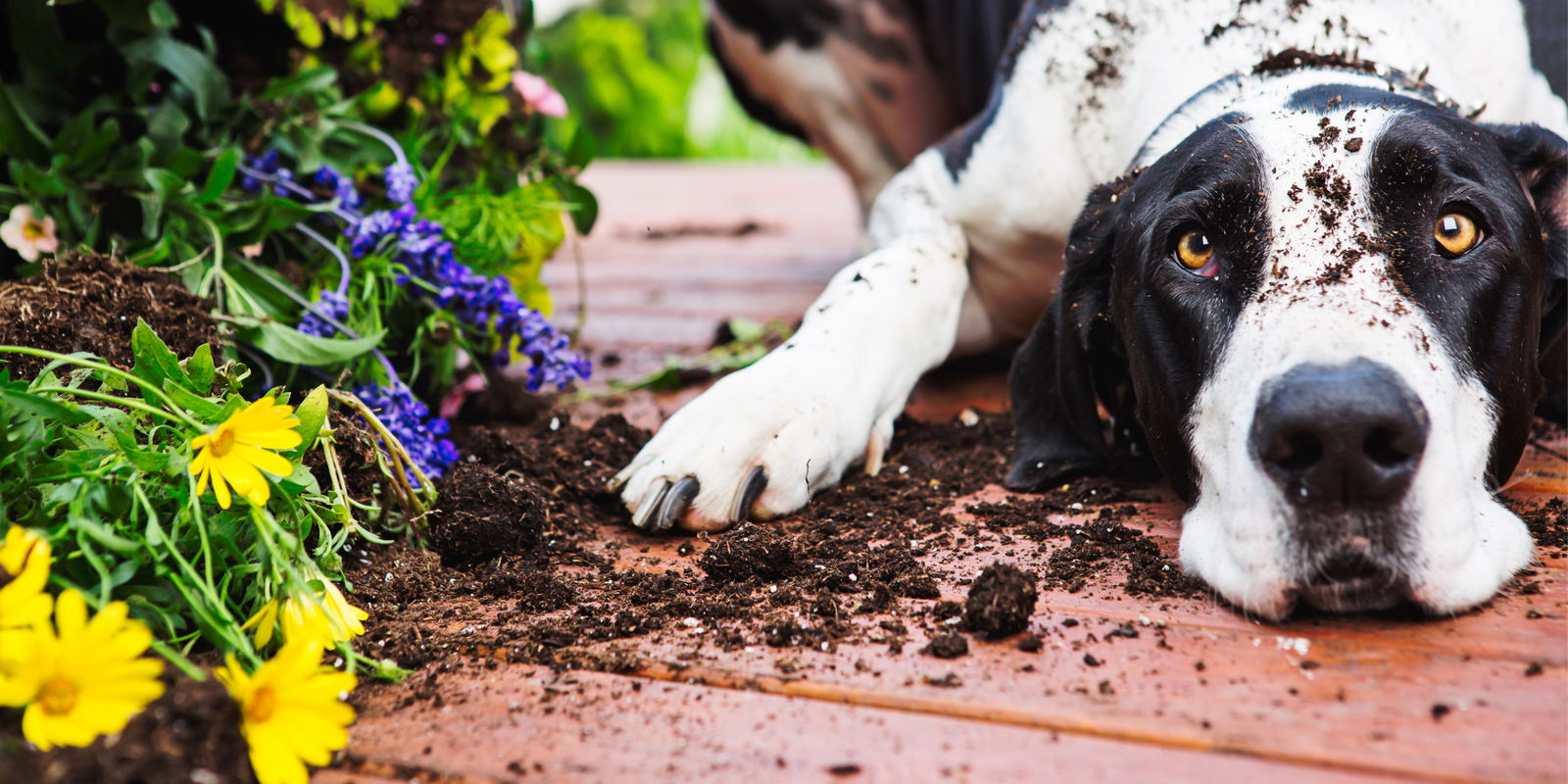In recent years, there has been a growing interest in sustainable and eco-friendly gardening practices. One such method gaining popularity is 'No Dig' gardening. As the name suggests, this approach involves creating and maintaining a garden without disturbing the existing soil structure. By minimising digging and tilling, No Dig gardening offers numerous benefits, including improved soil health, increased biodiversity, and reduced water usage. In this blog post, we will explore the concept of No Dig gardening, its advantages, and provide practical tips on how to get started.

Understanding No Dig Gardening
No Dig gardening, also known as no-till or lasagna gardening, is an approach that prioritises working with nature rather than against it. The main principle behind this method is to build up layers of organic matter on top of the soil, creating a nutrient-rich environment for plants to thrive. By doing so, you avoid disrupting the natural soil structure and the complex web of life within it, including beneficial microbes, earthworms, and other organisms that contribute to soil fertility.
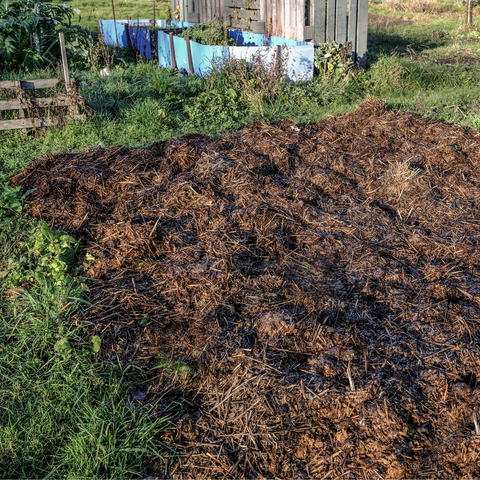
.
Benefits of No Dig Gardening
a) Improved Soil Health: One of the primary advantages of No Dig gardening is the preservation of soil structure. By avoiding tilling, the soil's beneficial microorganisms and organic matter remain undisturbed, leading to improved soil structure, nutrient retention, and moisture-holding capacity.
b) Weed Suppression: The layering technique in No Dig gardening creates a natural weed barrier. By smothering existing weeds with a thick layer of mulch or compost, you can effectively reduce weed growth, saving you time and effort spent on weeding.
c) Increased Biodiversity: No Dig gardening encourages a diverse range of soil organisms to thrive. Earthworms, beneficial insects, and microorganisms flourish in the undisturbed soil, enhancing the overall biodiversity of your garden ecosystem.
d) Water Conservation: The organic matter layer acts like a sponge, absorbing and retaining water more efficiently. As a result, you can reduce water usage by maintaining a consistent level of moisture in the soil, even during dry periods!
e) Low Maintenance: Once established, No Dig gardens require less maintenance compared to traditional gardens. With minimal weeding and no need for regular tilling, you can spend more time enjoying your garden rather than toiling in it.
How to Start a No Dig Garden
a) Preparing the Site: Choose an area with good sunlight exposure and remove any existing vegetation. Mark the garden boundaries and create clear pathways to ensure easy access. You can use a layer of cardboard or newspaper to smother any remaining grass or weeds.

b) Layering Technique: Begin by adding a layer of organic matter, such as Dandy's Peat Free Multi Purpose Compost, on top of the cardboard or newspaper layer. Continue layering until you achieve a depth of around 6-8 inches - this method was created by Charles Dowding, but other options are available such as the lasagne technique!

c) Planting: Once the layers are in place, you can either sow seeds or transplant seedlings directly into the top layer. Make sure to create holes or pockets in the organic matter to accommodate the plants.
d) Mulching: Apply a thick layer of mulch, such as Landscaping Garden Bark or Dandy's Hardwood Chips around the plants to suppress weeds and retain moisture. This layer also helps regulate soil temperature and prevent erosion.
e) Maintenance: Water the garden regularly, especially during dry spells, to ensure adequate moisture. As the organic matter breaks down, you may need to periodically add additional layers of compost or mulch to maintain soil fertility.
No Dig gardening offers an innovative and sustainable approach to cultivating a thriving garden while preserving the health of the soil and the environment. By embracing this method, you can enjoy the benefits of improved soil structure, reduced weed growth, increased biodiversity, water conservation, and lower maintenance requirements. Start small and experiment with No Dig techniques to witness the transformation of your garden into a vibrant, eco-friendly haven. Let nature work its magic, and you'll be rewarded with a bountiful harvest and a flourishing garden ecosystem.





